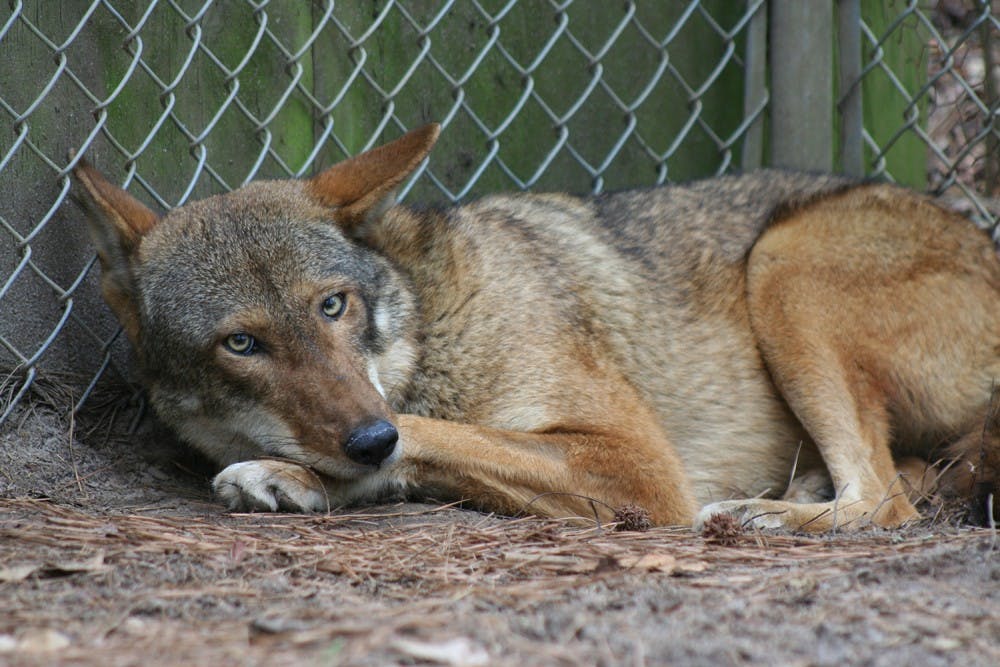The population, which currently lives in five counties in the northeastern part of the state, was introduced in 1987 as part of the U.S. Fish and Wildlife Service’s Red Wolf Recovery Program. Now, after almost 30 years, the program may be dismantled.
Because of a request from the North Carolina Wildlife Resources Commission, the Fish and Wildlife Service has been conducting a review of the program for the past two years, Pamlico-Albemarle Wildlife Conservationists President Attila Nemecz said, and a decision about the future of the program is expected in September.
Tom MacKenzie, a spokesperson for the Fish and Wildlife Service’s southeast region, cited the North Carolina coyote population as one of the greatest challenges to the program.
“Unlike larger gray wolves, coyotes and red wolves can intermingle,” he said. “Without human intervention, sterilization or killing coyotes, it’s hard to stop it — but it’s a really complex situation.”
Hybridization isn’t the only problem coyotes pose. Local farmers and landowners want to keep coyotes off their land — sometimes at the expense of wolves.
“This is amplified because folks want to do night coyote hunting,” MacKenzie said. “But you can’t really tell a red wolf from a coyote, especially through the scope of a rifle at night.”
MacKenzie said there are many supporters of the program in the state that would like to see it continued. UNC junior John Jacobi organized a rally on Polk Place on Wednesday in support of maintaining the program.




